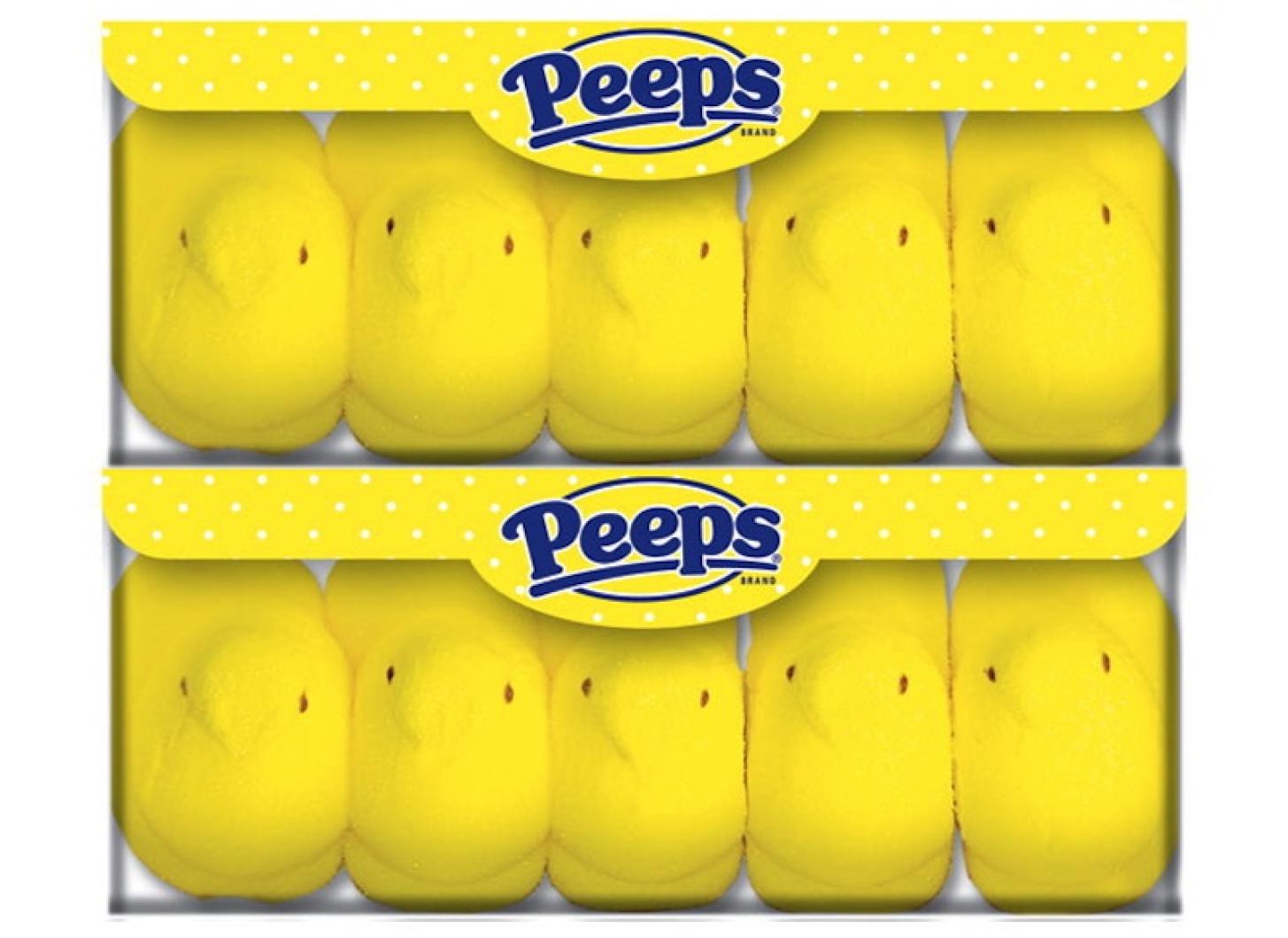Don’t make a peep?
That would be heresy this time of year. Spring and Easter mean Peeps, those miraculous marshmallow confections that are now making their mark in Easter baskets and on sticky fingers and all that they touch.
The Peep show is in full swing, since the majority of those sweets are bought in the weeks leading up to Easter. One estimate asserts that 700 million Peeps are sold (and likely eaten) during this time, with a total of over two billion consumed yearly. If these annually produced Peeps were put beak to rump, they would circle the Earth more than two times.
That is a lot of sugar, corn syrup, gelatin and food dye.
The original Peep, in the mid-1950s, was hand-made. At that time, it took 27 hours to create each one using a pastry tube. The first model was a yellow bird (thus the name), specifically a chick (which gives me license to write about them in a nature column). And in the beginning, they even had wings. These wings were clipped after a few years to make the creature more streamlined and likely a better fit in their box.
Sam Born was the force behind Peeps. In a play on his name, he called his company Just Born, also signifying the freshness of his candies. He and his son figured out a way to automate the process, thus allowing for mass production of the product and shortening manufacturing time to about six minutes per chick. Their factory, still in Bethlehem, Pa., offers tours and the town celebrates its marshmallow chick heritage by dropping a giant Peep during its New Year’s Eve festivities. On the stroke of midnight, the yellow Peep changes color.
While I (and others) am partial to the original yellow chick, which is also the best selling version, there is now a profusion of peculiar Peeps. The 1960s brought new shapes, and it wasn’t until 1995 that other colors were introduced. In 2007 a sugar-free version was introduced, to which the obvious question is “why bother?” Chocolate-covered Peeps came in 2010, and today there are Peeps in all colors for every occasion. In fact, Peeps are now billed as “Always in Season.”
Peeps have developed a cult following and Peep-themed recipes abound. For those with a true sweet tooth and a big appetite, there are Peep-eating contests. The record for Peep consumption is a whopping 102 peeps in two minutes, held by Matt (Megatoad) Stonie. Yes, that’s his name.
For regular consumption, we all have our favorite shapes and colors, and many are even particular about freshness or lack of it. Just Born notes that up to 30 per cent of their Peeps customers prefer these treats stale.
And even non-Peep-eating creative types have gotten the fever. Many states have art contests using Peeps as their media. At MIT, alumni are charged with creating dioramas using peeps to depict the MIT experience. Nantucketers have a book-themed diorama contest at the Athenaeum, and similar events are held across the country.
And as a regular harbinger of spring, they seem to deserve as much appreciation as the blooming of daffodils, the arrival of osprey, and the putting away of winter wear for another season. If there is a better way to reconnect with the renewal of childhood joy, the softness of the temperatures, and the sweetness of the season, it will have to be found in the weeks to come, after the taste of Peeps fades away.
Suzan Bellincampi is director of the Felix Neck Wildlife Sanctuary in Edgartown, and author of Martha’s Vineyard: A Field Guide to Island Nature.






Comments
Comment policy »